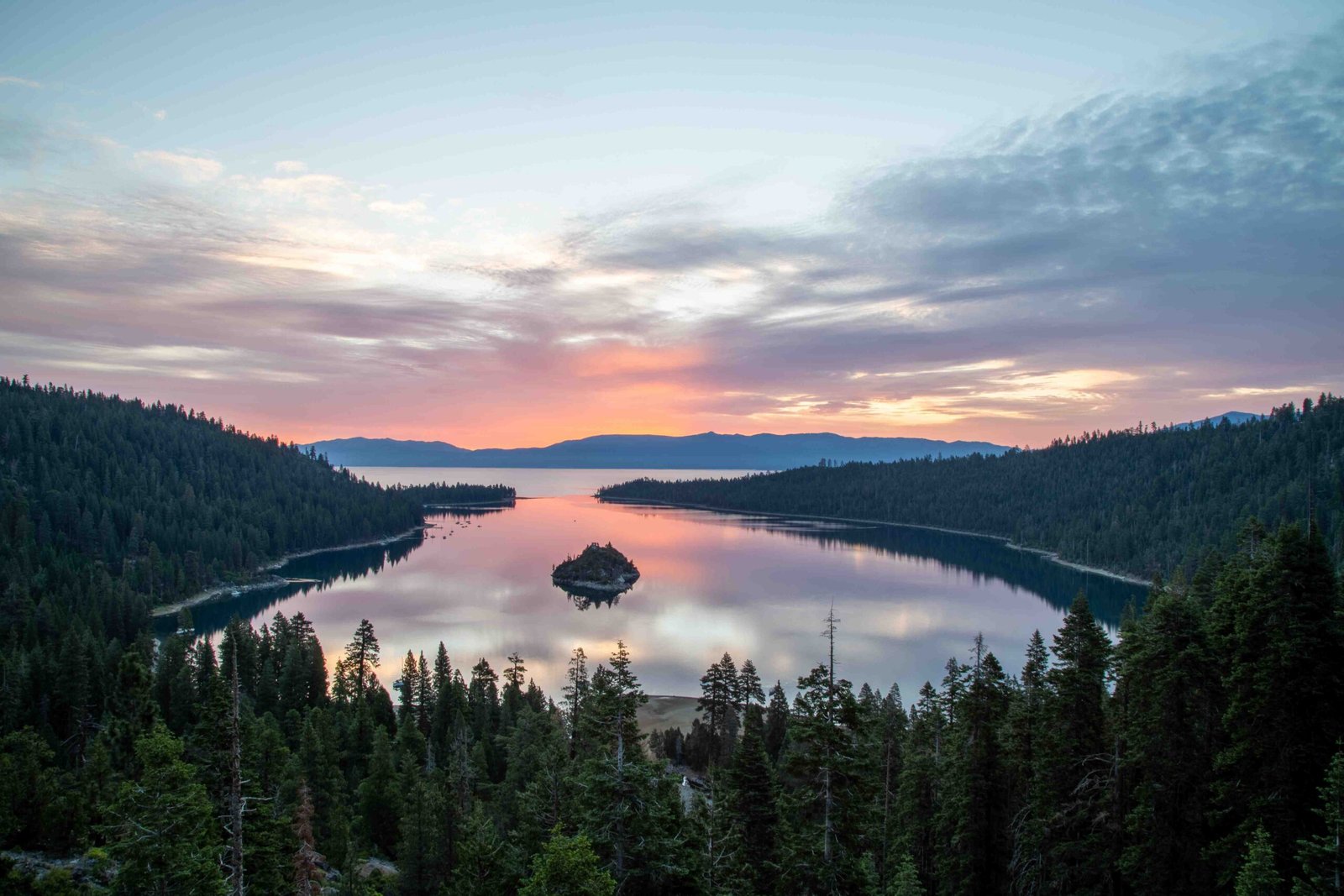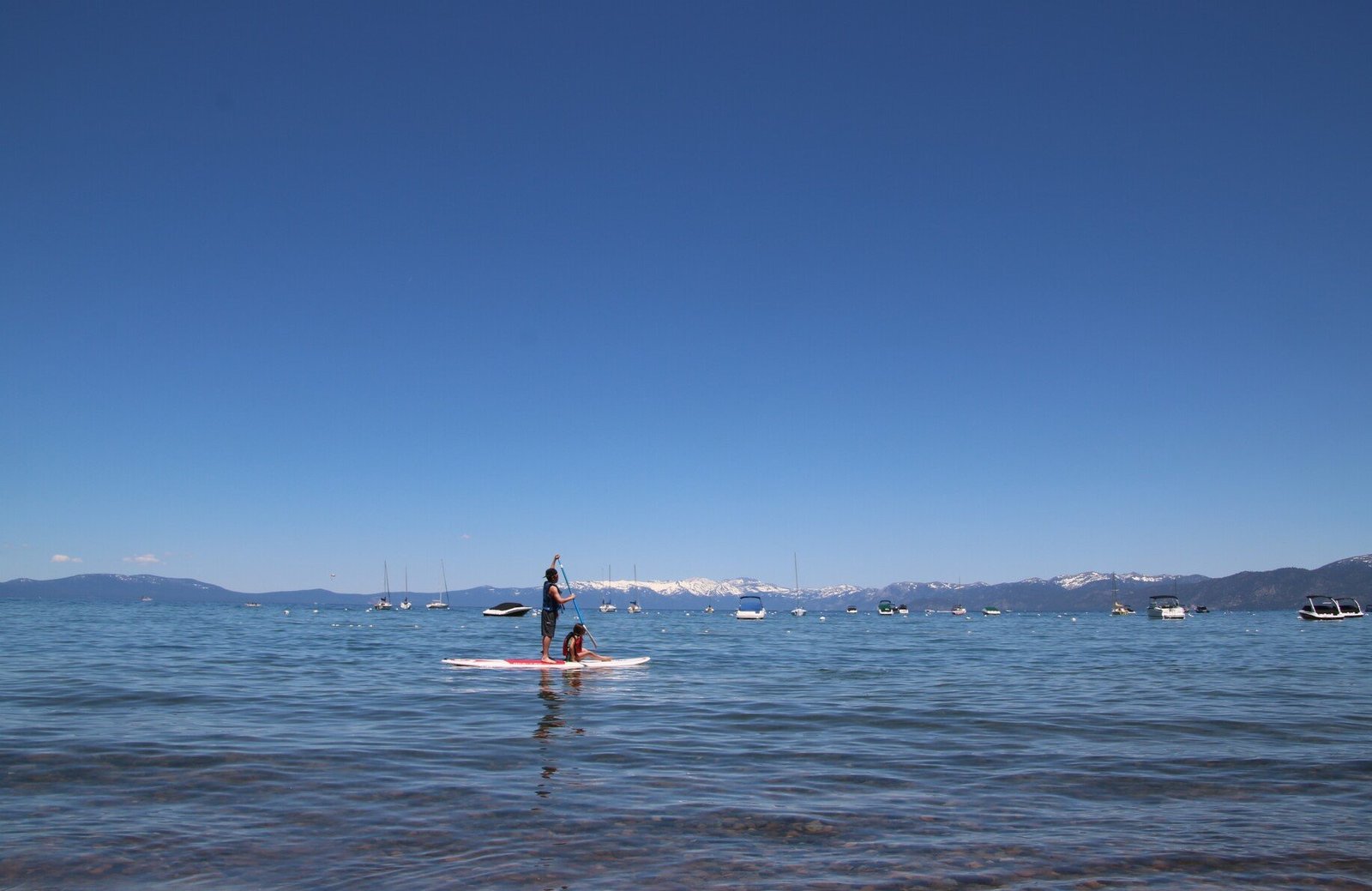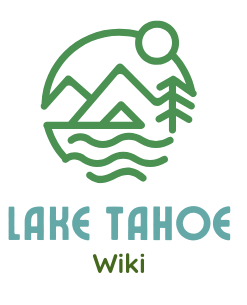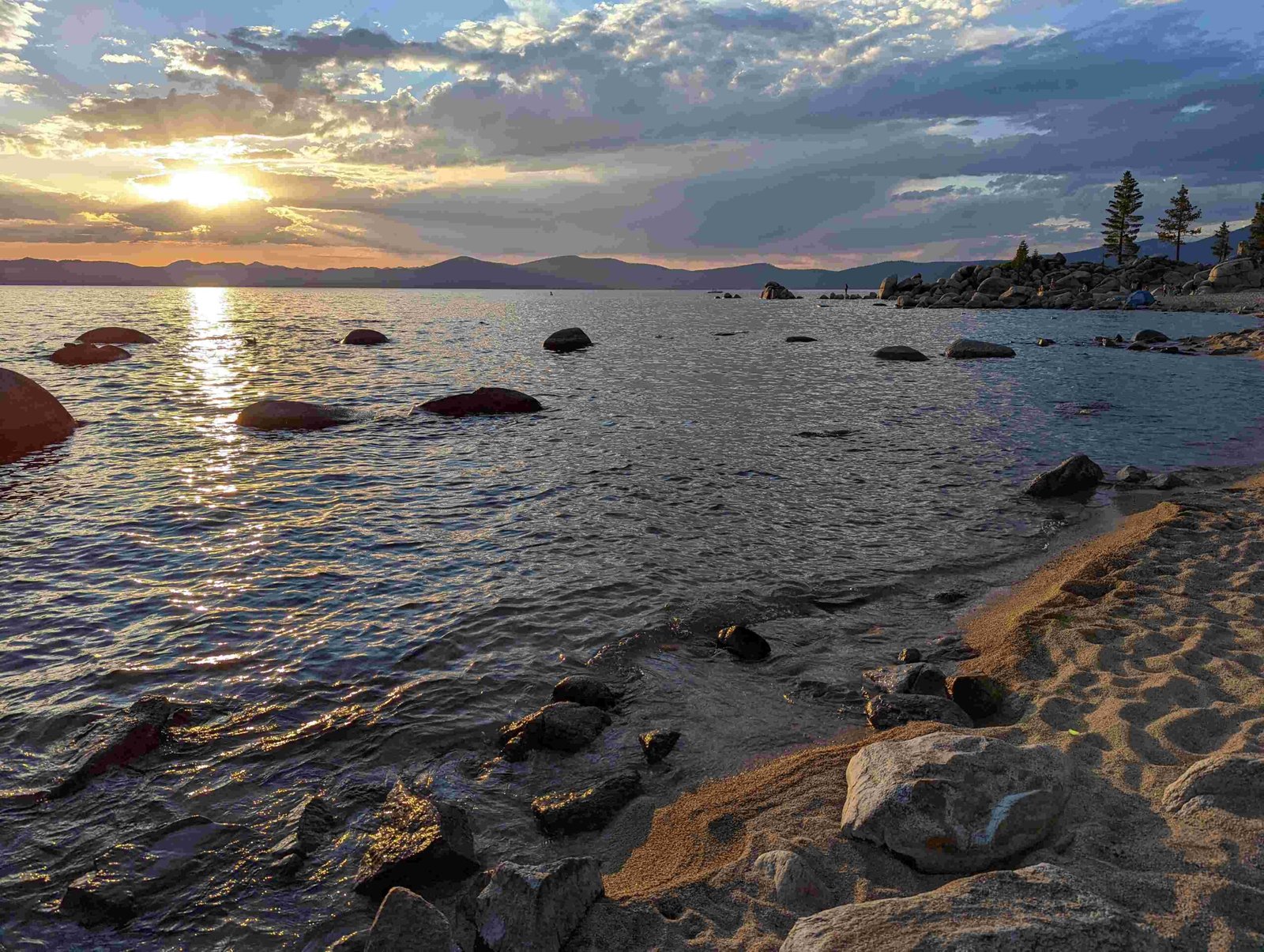Lake Tahoe’s crystal clear water is a breathtaking natural phenomenon that captivates visitors with its extraordinary transparency, revealing underwater landscapes that stretch up to 70 feet deep. This alpine jewel maintains its pristine condition through complex ecological processes, offering a unique window into one of North America’s most remarkable aquatic environments, where scientific monitoring and conservation efforts preserve its legendary clarity.
What Makes Lake Tahoe’s Water So Crystal Clear?

Lake Tahoe’s remarkable water clarity results from a delicate ecological balance involving multiple environmental factors:
How Does Water Purity Develop?
- Geological Composition
- Granite bedrock minimizes sediment introduction
- Limited mineral runoff maintains water transparency
-
Low nutrient levels restrict algae growth
-
Watershed Protection
- Strict environmental regulations
- Controlled urban development
- Comprehensive watershed management programs
What Influences Water Transparency?
| Factor | Impact on Clarity | Measurement |
|---|---|---|
| Seasonal Mixing | High | 70-90 feet depth visibility |
| Phytoplankton Levels | Moderate | Secchi depth measurement |
| Precipitation | Variable | Annual fluctuation |
Where Can Visitors Experience Maximum Water Clarity?
Top Crystal Clear Water Locations:
– Sand Harbor
– Emerald Bay
– Kings Beach
– D.L. Bliss State Park
What Are Current Water Clarity Measurements?
Recent scientific data reveals fascinating insights:
– 2023 Winter Clarity: 91.9 feet (highest since 1983)
– 2023 Summer Average: 53.5 feet
– Annual Average Clarity: 68.2 feet
How Can Visitors Protect Lake Tahoe’s Water?
Visitor Guidelines:
– Use designated swimming areas
– Avoid introducing foreign substances
– Follow Leave No Trace principles
– Support local conservation efforts
What Challenges Threaten Water Clarity?
Critical challenges include:
– Climate change impacts
– Increased tourism
– Urban runoff
– Invasive species
– Changing precipitation patterns
When Is the Best Time to Observe Crystal Clear Waters?
Optimal Viewing Seasons:
– Late Winter: Deepest clarity
– Early Spring: Exceptional transparency
– Late Fall: Stable water conditions
How Deep Can You See in Lake Tahoe?
Visibility can extend remarkably:
– Average Depth Visibility: 60-70 feet
– Peak Conditions: Up to 100 feet underwater visibility
– Factors: Water temperature, seasonal mixing, minimal sediment
What Scientific Research Supports Water Clarity?
Research Institutions:
– UC Davis Tahoe Environmental Research Center
– Desert Research Institute
– Tahoe Regional Planning Agency
Practical Visitor Recommendations
- Bring polarized sunglasses
- Use clear-bottom boats
- Snorkel in designated areas
- Participate in guided ecological tours
Technical Water Quality Parameters
- pH Level: 6.5-7.5
- Dissolved Oxygen: 10-12 mg/L
- Water Temperature: 40-70°F seasonally
Conclusion

Lake Tahoe’s crystal clear water represents a remarkable natural treasure, demanding continuous scientific monitoring and community stewardship to preserve its extraordinary transparency.

